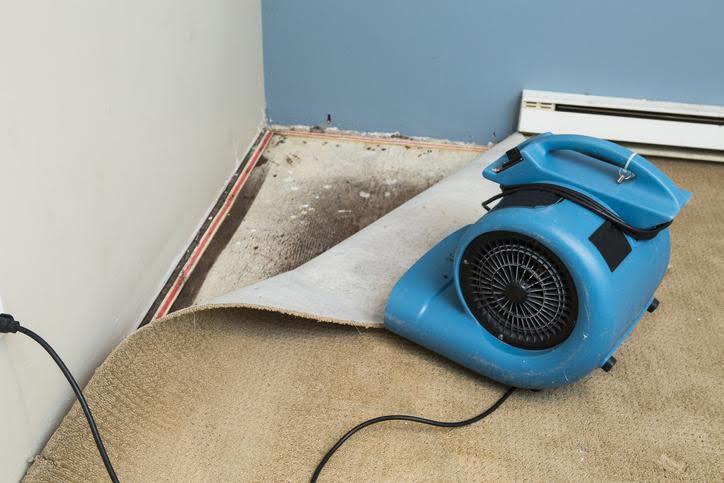Understanding the Differences Between Water Mitigation and Restoration
August 6, 2024

Water mitigation and restoration may sound similar, but they aren't the same thing! Let's talk about why water damage is such a concern for homeowners, the key differences between water mitigation and water restoration, and some of the myths about water mitigation and restoration.
Understanding Water Damage
Water damage is one of the most insidious threats a homeowner can face, whether it's from a burst pipe, a leaky roof, or a natural disaster. It goes far beyond just dampness because it can compromise the structural integrity of your home, foster the growth of dangerous mold, and lead to costly repairs if not addressed promptly.
Key Differences Between Water Mitigation and Restoration
The goal of mitigation is to limit the extent of the damage, while the goal of restoration is to bring the property back to its original condition.
The purpose of water mitigation is to prevent further damage and minimize the impact of water intrusion. A water mitigation company will focus on stopping water damage at its source and then go through the water removal process, using pumps, vacuums, and other equipment to extract standing water.
After that, the restoration pros will begin the drying process, using dehumidifiers, air movers, and other drying equipment to remove moisture from the affected area. There may be temporary repairs involved, such as tarping roofs or boarding up windows. Applying antimicrobials to prevent mold growth during the drying process is also key.
With water restoration, the goal is to return the property to its pre-damage condition, and a professional water restoration company will focus on comprehensive repair and rebuilding of damaged structures and items.
That will include conducting thorough assessments to determine the full extent of the damage and making sure all building materials are thoroughly dried and moisture levels are back to normal.
The water restoration process also includes cleaning and disinfecting all affected areas and items, and repairing or replacing damaged structures, such as drywall, flooring, and electrical systems. Painting, carpeting, and other finishing touches will restore the property to its original state.
Debunking Common Water Restoration Myths
Here are some common water restoration myths and the facts that debunk them:
Myth: "It's just water, it will dry on its own."
Fact: Water can cause significant damage if left untreated, including mold growth, structural damage, and deterioration of materials. Professional drying and dehumidification are essential to prevent long-term damage.
Myth: "I can handle water damage with household fans and mops."
Fact: Household fans and mops are inadequate for thorough drying, especially for hidden moisture in walls, floors, and ceilings. Professional equipment like industrial dehumidifiers and air movers are necessary to ensure complete drying.
Myth: "All water damage is the same."
Fact: Water damage can vary significantly depending on the source. Clean water from a broken pipe is different from contaminated water from a sewage backup or flood. Each type of water damage requires specific cleaning and restoration techniques.
Myth: "Once the surface is dry, the job is done."
Fact: Surface drying doesn't mean the area is completely dry. Moisture can remain trapped in building materials, leading to mold growth and structural damage. Professional moisture detection tools are used to make sure everything dries completely.
Myth: "Mold won't grow if I dry the area within 24 hours."
Fact: While drying quickly can help prevent mold, it's not a guarantee. Mold can start growing within 24 to 48 hours, especially if the drying process is not thorough. Monitoring and mold prevention treatments are crucial.
Myth: "Insurance will cover all water damage."
Fact: Not all water damage is covered by insurance policies. Coverage often depends on the cause of the water damage and the specifics of the policy. It's important to understand your insurance policy and what it covers.
Myth: "Water damage restoration is too expensive; I can't afford it."
Fact: While professional restoration can be costly, delaying or avoiding it can lead to more severe damage and higher costs in the long run. Many restoration companies offer payment plans or can work with insurance companies to manage costs.
Myth: "I don't need to worry about water damage if I live in a dry climate."
Fact: Water damage can occur anywhere, regardless of climate, due to plumbing issues, appliance malfunctions, or roof leaks. It's essential to be prepared and know how to handle water damage no matter where you live.
DRYmedic: Your Partner in Water Damage Recovery
If you need water damage mitigation or restoration services, the team at DRYmedic Restoration is here to help. Call us today at (913) 379-7133.